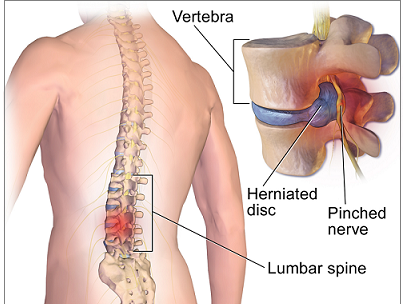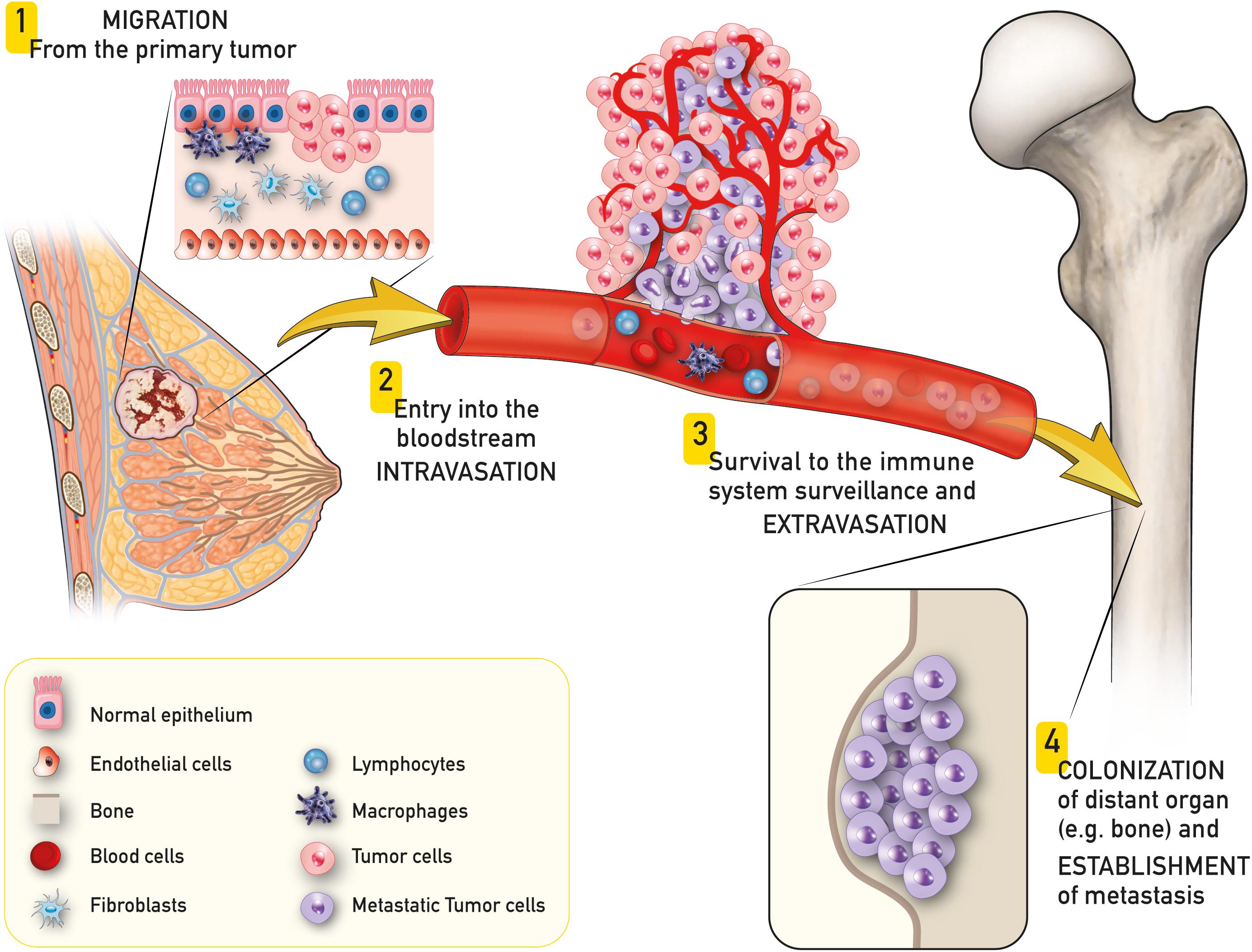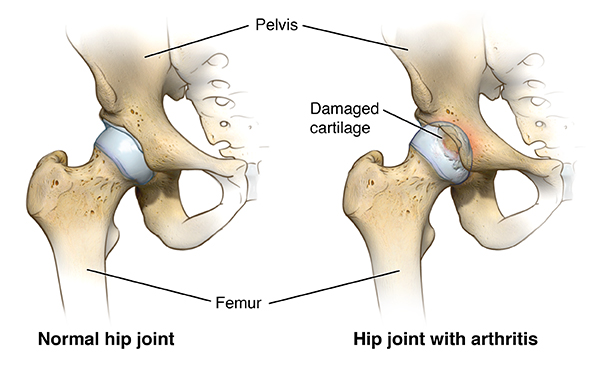
Hand, Wrist and Upper Extremity
Department: Orthopaedics
Estimated Cost : $600 - $1200
Hand, Wrist, and Upper Extremity Care
Specialized care for hand, wrist, and upper extremity conditions involves treating various injuries and disorders affecting the bones, muscles, nerves, and tendons of the hands, wrists, elbows, and shoulders. These conditions can range from acute injuries, like fractures and sprains, to chronic conditions such as arthritis and tendinitis. Expert care helps manage pain, restore function, and improve the quality of life for those dealing with upper extremity problems.
Conditions Treated
Hand, wrist, and upper extremity care focuses on treating the following conditions:
- Fractures and Dislocations
Treatment for broken bones and dislocated joints in the hand, wrist, elbow, and shoulder, which may include realignment, immobilization, or surgical intervention. - Arthritis
Conditions like osteoarthritis and rheumatoid arthritis that cause pain, swelling, and stiffness in the joints, limiting movement and affecting daily activities. - Carpal Tunnel Syndrome
Caused by pressure on the median nerve in the wrist, resulting in numbness, tingling, or weakness in the hand, which can be treated with non-surgical or surgical methods. - Tendonitis and Tendon Injuries
Inflammation or tears in the tendons, particularly in the wrist, elbow, or shoulder, requiring rest, therapy, or surgical repair in severe cases. - Nerve Injuries and Compression
Injuries like nerve compression or entrapment (e.g., ulnar nerve entrapment) that affect movement and sensation, often treated through physical therapy, medication, or surgery. - Sports Injuries
Injuries to the upper extremities, such as sprains, strains, and fractures, commonly occurring in athletes and active individuals, requiring tailored rehabilitation strategies. - Congenital Deformities
Conditions present at birth, such as webbed fingers or extra fingers, that may require surgical correction to improve hand function and appearance. - Reconstructive Surgery
Surgeries performed to repair or reconstruct damaged joints, bones, or soft tissues in the hand, wrist, elbow, or shoulder, improving mobility and function.
Treatment Options
Treatment for hand, wrist, and upper extremity conditions can include both non-surgical and surgical approaches, depending on the severity and type of injury or disorder. Some common treatment methods are:
- Non-Surgical Treatments:
- Physical Therapy and Rehabilitation
Programs designed to improve strength, flexibility, and range of motion in the affected area through targeted exercises and manual therapy techniques. - Medication
Pain management with non-steroidal anti-inflammatory drugs (NSAIDs), corticosteroid injections, or topical treatments to reduce pain and inflammation. - Braces and Splints
Devices designed to immobilize the affected area, providing support and stability to promote healing and prevent further injury.
- Physical Therapy and Rehabilitation
- Surgical Treatments:
- Minimally Invasive Surgery
Procedures like arthroscopy, which involve small incisions, are used to treat joint problems or soft tissue injuries, promoting faster recovery times and reduced scarring. - Reconstructive Surgery
Surgical repairs for more complex issues, such as ligament tears, tendon damage, or fractures, which may require extensive rehabilitation afterward to restore full function. - Joint Replacement
In cases of severe arthritis or joint degeneration, joint replacement may be necessary to restore movement and relieve pain.
- Minimally Invasive Surgery
Recovery and Rehabilitation
Recovery after hand, wrist, and upper extremity surgery is an important part of the treatment process. Rehabilitation includes physical therapy to regain strength, flexibility, and coordination. Therapy may also focus on improving fine motor skills and function to help individuals return to their daily activities. For some conditions, lifestyle modifications, such as ergonomic adjustments at work or home, may be recommended to prevent re-injury or further strain.
Additionally, post-surgical recovery often involves:
- Rest and Ice
To reduce swelling and inflammation during the initial healing phase. - Strengthening Exercises
To rebuild muscle strength and improve joint stability after an injury or surgery. - Splinting or Bracing
To provide support during recovery, especially in the case of fractures or tendon injuries. - Pain Management
Managing pain through medication or physical therapy to make recovery as comfortable as possible.
Preventive Care
Preventing hand, wrist, and upper extremity injuries is key to maintaining long-term joint and muscle health. Preventive measures include:
- Proper Ergonomics
Adopting correct posture and using ergonomic tools at work and home to avoid strain on the upper extremities. - Strengthening and Stretching Exercises
Regular exercises to maintain flexibility and muscle strength, especially for athletes or those with a physically demanding job. - Protective Gear
Wearing appropriate protective equipment, such as wrist braces or elbow pads, during sports or activities that pose a risk of injury.




 Get an Opinion
Get an Opinion
